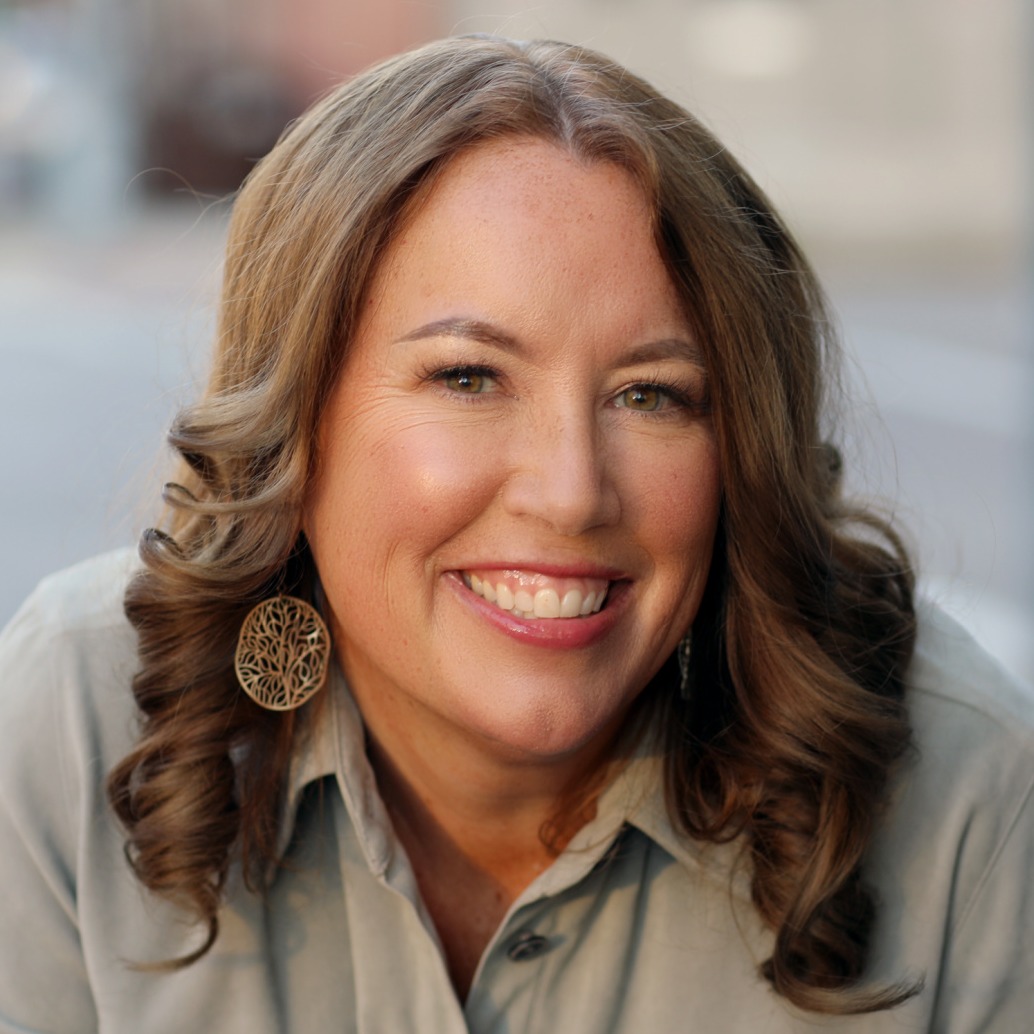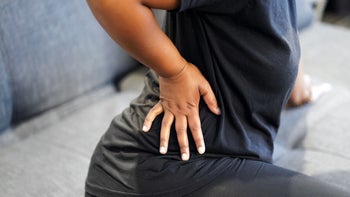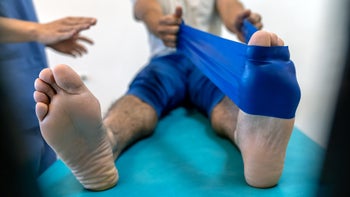
What Does It Feel Like to Break a Bone?
Key takeaways:
Some people who break a bone hear a snap before they realize they’ve fractured anything.
Some symptoms of a broken bone are pain, swelling, or bruising in the injured area.
Those who have experienced it say breaking a bone feels like a lingering ache.

When there is too much pressure in an area, there is a risk for a break. The case is the same for our bones.
A broken bone is also known as a fracture.
The treatment for a broken bone depends on what type of fracture it is and where it is on your body.
Search and compare options
Here is how three people describe what a broken bone feels like.
Quiz: Is my toe broken?
A trip to the vet gone wrong
Gigi Marino, a 61-year-old public relations account strategist in Orlando, Florida, was getting ready to take her dogs to the vet when she broke a bone. She had no idea that outing would turn into her needing surgery.
She was in the garage getting ready to put her dogs in the car for the trip when she stepped on a plastic bag. She slipped and lost her balance.

Gigi fell and heard the snap before she felt the sharp pain in her wrist. She recalls telling her husband, “I think I have to go to the doctor because my wrist is broken. And I was so calm about it, he thought I was joking.”
She went to the doctor to get an X-ray to confirm she broke her wrist. It turned out that she had a compound fracture. She broke her wrist in three places and needed surgery.
When recalling how it felt, Gigi says it was constant, throbbing pain.
“It’s almost as if your bone is screaming at you, demanding that you pay attention to it,” she says.
A motorcycle accident puts pain in perspective
Pete Martin, a 47-year-old wedding photographer in Washington, D.C., has a string of broken-bone stories.
One that stands out happened on a trip he took 20 years ago. He was riding a motorcycle in India when he ran into a cow. He tried turning to avoid the cow but fell on his side instead.
Pete tucked his arm before landing and broke his collarbone. It was particularly painful because a part of the bone was pushing into his skin.
He says the instant pain is not like anything else.
“You get this sort of numbness almost,” he says. “It’s like this dull internal ache.”

Since it wasn’t Pete’s first broken bone, the feeling was familiar. He also felt intense pain and some nausea. “It makes me always kind of vaguely queasy,” he says.
Pete went to the doctor. They pulled his shoulders back, and the bone clicked back into place. He wore a brace for a while, and his clavicle eventually healed.
Pete says he’s learned an important lesson from all of his injuries: “There is nothing you can do to speed up the recovery process.” The bone heals when it’s ready, he says.
New grandma finds humor in her broken bones
Kathy Geller Myers, a 54-year-old public relations consultant in Hummelstown, Pennsylvania, joked when her first grandchild came along in 2022 that she was too young to be a grandmother. Then, she had a chain of serious injuries involving four broken bones in 3 weeks.
First, she fell in her slippery bathroom and cracked her knee against the toilet. Then, she fell a second time in the bathroom. Turns out, she had a distal femur fracture in her right knee.

Once Kathy returned home in a brace for her knee, she thought that was the end of broken bones. Unfortunately, her crutches got stuck on a runner in her bedroom, and she ended up with broken toes. She broke her pinky toe on her left foot in two places and her fourth toe on her right foot in one place.
“Oftentimes, when you are in severe pain, you don’t feel it at first,” she says. “Then, the pain comes, and it’s just sharp, sharp, sharp — and then the ache.”
It’s a dull ache that you can’t get rid of, she says. “It’s a throbbing, all-consuming dull ache.”
These mishaps have made Kathy more aware of bone health.
“I’m 54, I recognize that’s considered middle-aged in some worlds,” she says. “I’m taking a closer look at my calcium intake.”
The next time she goes to the doctor, she says, she wants to discuss osteoporosis and bone health.
“I have a great sense of humor about it,” she says. “I’m Gigi. I’m a new grandma. And here I am breaking bones as I become a grandma.”
What does the doctor say?

Patricia Pinto-Garcia, MD, MPH
Medical Editor
Breaking a bone is a very painful experience.
Part of the reason the pain is so intense is that when you break a bone, many structures get injured. Your bone itself has nerve endings. So when you have a fracture, you’ll have pain at the site of the break. A broken bone also bleeds, and that bleeding leads to swelling around the fracture site. The swelling pushes against tissue and causes pain. If you have a complex or displaced fracture, meaning your bone is moved out of position, the bone pieces will drag the muscles, tendons, and ligaments with it. This causes injury, swelling, and spasms. All of these things cause pain. Finally, when your bone moves, the jagged pieces can tear tissues, causing more swelling, bleeding, and pain.
Broken bones need prompt medical attention. And fortunately, part of that medical attention is pain relief. When you break a bone, you’ll get pain medication to soothe the pain right away. You may also feel pain relief after your bone is set back into place.
Broken bones take time to heal, so you will experience pain and discomfort even after your bone is set. Swelling will take several days (or even 1 to 2 weeks) to full peak before getting better. Casts and splints will help relieve pain by taking away the burden of gravity and movement. And your healthcare provider can prescribe medication to give you relief as you heal.

Want to tell your patient story? Email us at patientstories@goodrx.com.
Why trust our experts?




























